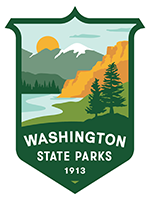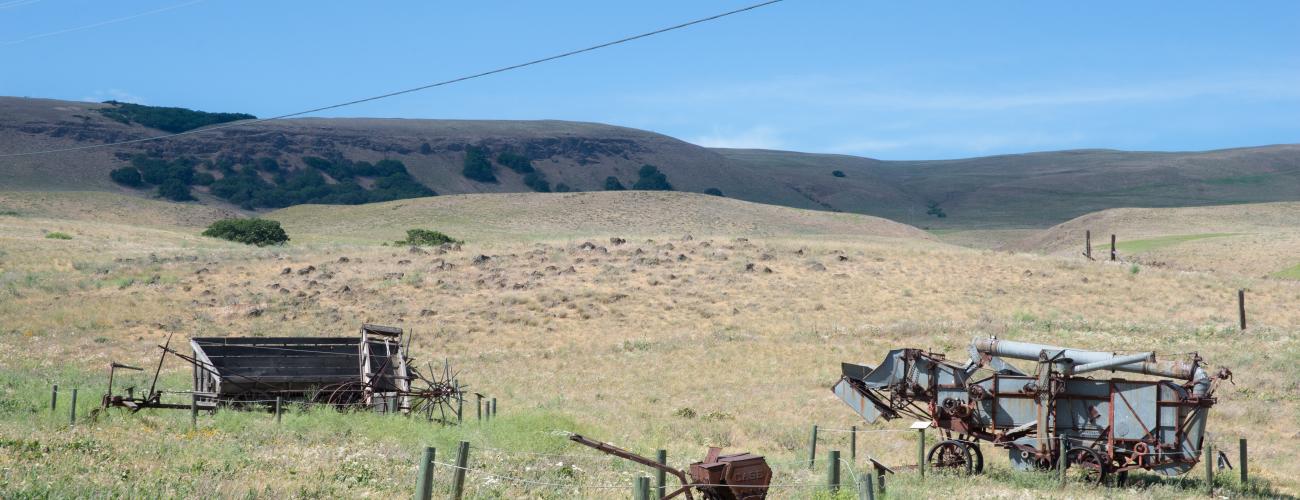What to Do if You Find an Artifact in a Park
Artifacts & natural history specimens
Artifacts
Items that people made, used and left behind where they lived and worked are known as artifacts. They include bone, wood and stone tools such as projectile points (arrowheads), stone flakes or “chips,” petroglyphs and other rock art, basketry, bottles, cans, coins, metal pieces and ceramics that are more than 50 years old.
Natural history specimens
Bones, teeth, petrified wood, obsidian, fossils and other biological and/or geological items are known as natural history specimens.
What to do if you find an artifact or natural history specimen
If you find an artifact or natural history specimen while exploring a state park, please join us in being a steward of cultural and natural resources by:
- Doing your part to protect and preserve artifacts and natural resources specimens,
- Caring about our cultural and natural history,
- Sharing with others about how they can help protect our resources,
- Following the S.T.E.W.A.R.D. steps below when you find a resource in a Washington state park.
How to be a S.T.E.W.A.R.D
Do you think you have found an artifact or natural history specimen? You can help us preserve an important piece of history by being a S. T. E. W. A. R. D:
S: Stop! If you think you found an artifact/specimen, leave it in place. Do not touch, move or take the object. Touching the object may destroy it or interfere with the identification process. In other words, removing the object could remove its place in Washington’s story.
T: Tell Parks staff the location of the object so they can notify our historians and archaeologists.
E: Email the following information to artiFACT@parks.wa.gov.
W: Write down any information you have about where and how the object was found.
A: At least three photos of the object in the area where you found it. Include any nearby landmarks when possible.
R: Record the GPS coordinates or location on a map where the object was found. You can also use a topographical map, a park map or a hand-drawn map that shows nearby landmarks.
D: Don’t post artifact/specimen photos or share other information about it on social media.
Every artifact and specimen found in our parks is a piece of Washington’s history. It belongs to us all! By leaving things where they are and reporting them to Parks staff, you help us add information to our collective story and shared heritage. Additionally, some of the artifacts and specimens in our care still serve as important cultural links for Indigenous groups to their heritage and identity.
If you see someone removing or harming an artifact or specimen, please notify park staff immediately.
Read more about what to do if you find and artifact in a park on our blog
More information
Metal detecting
Please keep in mind that metal detecting is only permitted in certain parks and requires preregistration.
Laws and policy
All artifacts and specimens found on public lands are protected by state and federal laws and may not be excavated or removed without proper permitting. The following links are to laws and policies that guide the stewardship of our cultural, historical, biological and geological resources.
- Archaeological Resources Protection Act of 1979
- 16 U.S.C. 470ee - Prohibited acts and criminal penalties
- 36 Code of Federal regulations 261.9 - Property
- Revised Code of Washington: 27.53.060: Disturbing archaeological resource or site
- Revised Code of Washington: 79A.05.165: Penalties for disturbing, taking, destroying Natural Resources
Contact Us
| artiFACT@parks.wa.gov | |

